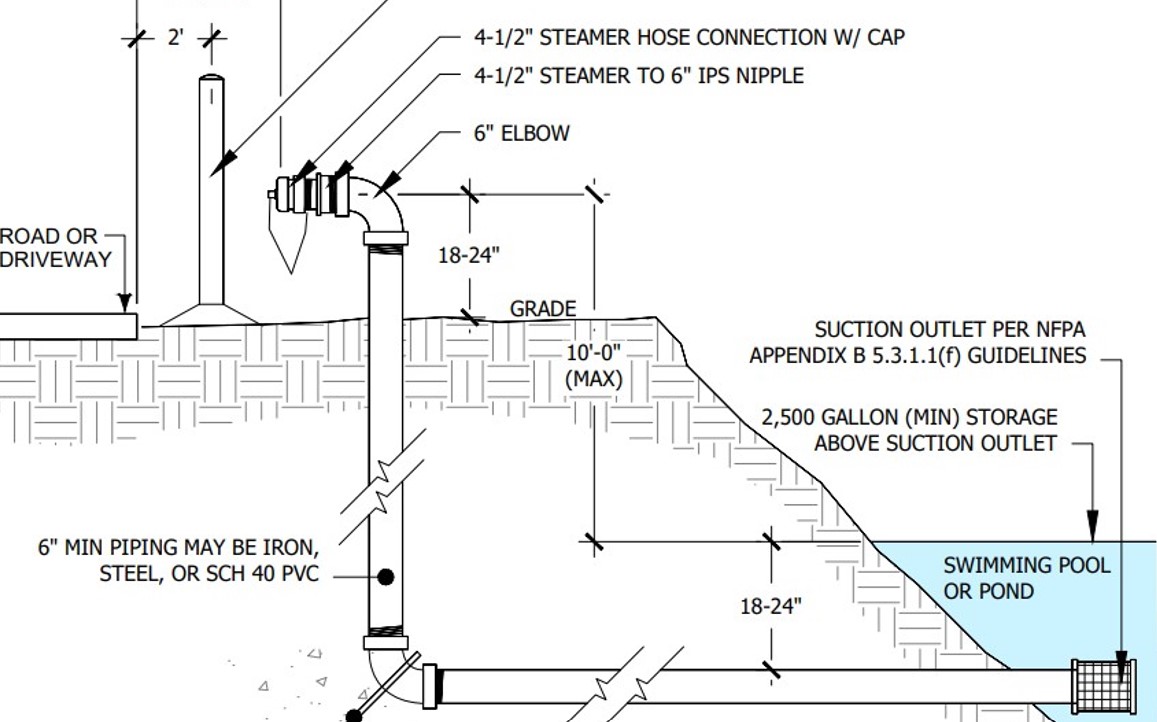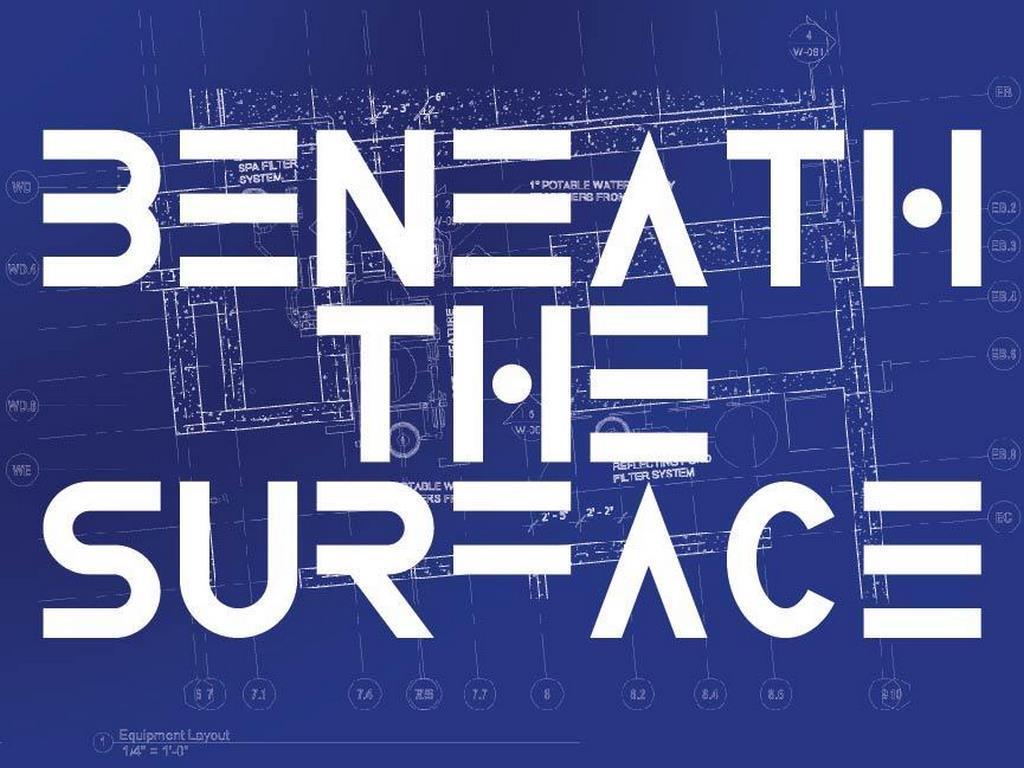D301: Fire-Fighting Hydrant Detail


As wild fires increase with frequency and intensity year after year, the idea of using swimming pool water to fight fires is gaining ground with many homeowners and general contractors. This simple detail enables firefighters to quickly access water that would otherwise be unavailable when it could be needed most.
By Dave Peterson
We recently added this detail to our repertoire for homeowners interested in using pool water to protect their home from wild fires. It’s an idea that’s been around a long time, but it’s been slow to catch on over the years. These days, however, we’re seeing more homeowners ask for it, although this is not something currently required by municipalities or local building codes.
Many homeowners with pools live in areas surrounded by open land, especially here in California. In chapparal-covered hills, or forested areas in much of the state, it’s not a question of whether or not the land will ever catch fire, but a matter of when. Being ready when the time comes makes sense to more and more forward-thinking homeowners.
This is not an onboard fire-fighting pumping system, which is widely available; but, instead, a very simple plumbing set-up that enables firefighting crews to pull up in front of a property and immediately access the pool water from the street.
READY ACCESS
We’ve consulted with fire departments, codes and guidelines to establish standard connection sizes, the amount of water they want to be able to pump, and how fast. For starters, they require at least 2,500 gallons of water available from above the outlet where you’re removing the water.
We are now sizing pools where appropriate with that requirement in mind. The detail includes requirements for the suction grate — which are greater in terms of flowrate than typical pool circulation — as well as the hydrant itself, and a curbside protection bollard.
This detail calls for six-inch pipe that will accommodate a minimum 600 gpm flowrate. Six-inches is a minimum which can be increased to minimize pressure in long plumbing runs and increase pumping efficiency. It connects to a 4.5-inch fitting at the hydrant, which is standard for hydrant connections, although that number can increase to six inches depending on the fire-code requirements in some areas.
It’s important to note that homeowners should be advised to not enter the pool when it’s being pumped for firefighting purposes, due to high flow rates at the suction grate.
KEY POINTS
[] This detail is based on Fire Safe Standard Section 13-52 of the Sonoma County, Calif., Fire and Emergency Service Code. [] Suction grate design is per the NFPA Appendix B.5.3.1.1 (f) Guidelines. [] Six-inch (minimum) piping can be iron, steel, or Schedule 40 PVC.educational purposes. You may create your own version of this concept but do not copy this image.
David J. Peterson, P.E, IWI, is co-founder of Watershape University and president of Watershape Consulting, Inc. For additional assistance with this detail he can be reached at [email protected]
Special thanks Tony Jimenez, E.I.T., mechanical project manager at Watershape Consulting for his work drafting this and many other details appearing in Beneath the Surface.











